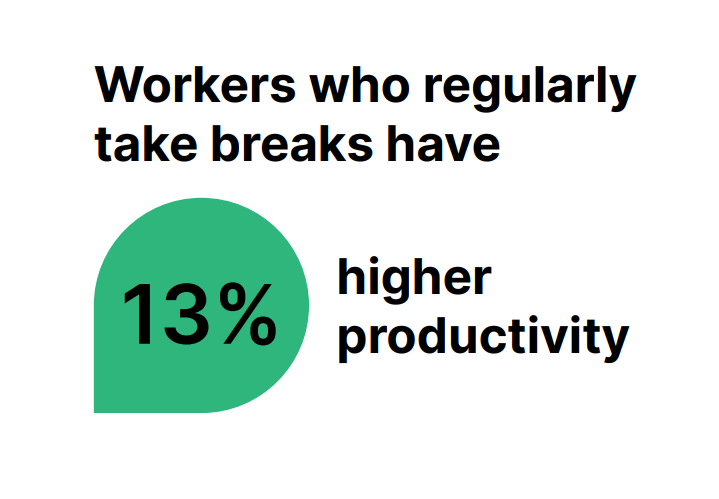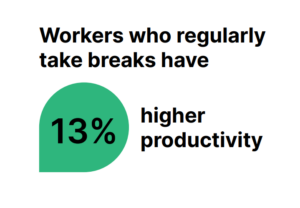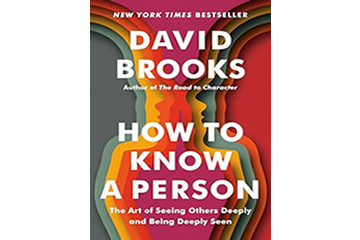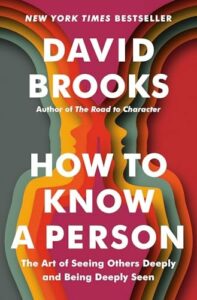
Have you thought about the type of leader you are?
I am a student of leadership. First of all, I love the concept of inspiring, developing, and challenging others while imagining and driving towards a future state. But mostly, the dynamism of leadership and the continual advancement that takes place in the study of leadership challenges me to stretch and grow myself as new facets of leadership are advanced.
Last week, at a workshop for about 20 mid-level managers, we talked about management and leadership, and the thought that the “command and control” leadership style is (hopefully) a thing of the past. What has replaced it? A leadership style rooted in inspiration and trust, as highlighted in Steven Covey’s book Trust and Inspire: How truly great leaders unleash greatness in others, is a great place to start.
#WiseWords
Worth The Share

Talking about new leadership frameworks, Hitendra Wadhwa’s article, in the current issue of Harvard Business Review, does just that. Most of us learn about how to become a stronger leader by doing things like taking workshops, reading books, or doing online courses. Hitendra states that if you can “shift the emphasis from learning from the sidelines to leading in the moment, executives can achieve real breakthroughs”.
After extensive research and consulting work, he validated his approach of dynamic leadership that he calls leadership-in-flow, encouraging leaders to take as little as 10-15 minutes of preparation before a big event. Get yourself centered and be fully present so that you can appropriately respond in real time, and tap into the core energies as referenced below.
Built on “five types of energy, based on ancient wisdom and contemporary science”, they are:
- Purpose – committed to a noble cause
- Wisdom – calm and receptive to the truth
- Growth – curious and open to learning
- Love – connected to those you work with and serve
- Self-realization – centered in a joyful spirit
Read the article, Leading in the Flow of Work from HBR, or pick up the book “Inner Mastery, Outer Impact: How your five core energies hold the key to success”
And Finally...

In my last newsletter, I asked about your word of the year and was delighted to hear from many of you about your word, including elevate, fortitude, intentional, and thoroughness. Use this word to help guide you in 2024.
Building on that exercise, think about what type of leader you are. We are all, and can be, leaders at work, at home, with friends, and in our community.
Do you inspire others? Are you trustworthy and open-minded? Or are you leaning into the old models of leadership by being the type of person who sees the world as “my way or the highway”. Which of the five types of energy listed above do you want to further develop in yourself to become a more dynamic leader?
Have a great week,






